The Article
Schiit Mjolnir 2 headphone amplifier: A SOLID OPTION
3rd April 2016
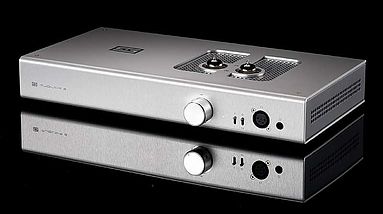
Offering a headphone amplifier with a choice of valve or solid state drivers, Paul Rigby reviews the Schiit Mjolnir 2
No more puns on the name ‘Schiit’. I’m done. And so should everyone else for that matter. It’s old now. But this headphone amplifier certainly isn’t. In fact, there are plenty of new ideas in and around this design that immediately took my eye and made it a prime candidate for review.
Basically, what you’ve got here is a USA-made (manufactured, not assembled) balanced hybrid headphone amp that offers LISST technology. LISST allows you to remove those valves you can see, poking up just about the upper part of the chassis and replace them with, what look like, rather weird looking ‘solid valves’ (see image below, towards the end). In fact, these ‘plugs’ turn the amp into a solid state machine. Alternatively, you can also ‘roll’ your own valves by replacing the included models and replacing the standard 6BZ7 valves for anything in the 6DJ8, 6922, ECC88, and 2492 families.
Featuring a switchable gain toggle switch on the front of the chassis, this means that you can bring in more sensitive earphones. The Mjolnir 2 also offers both balanced and single-ended inputs, switchable via the front panel. Balanced and single-ended headphone outputs and balanced and single-ended preamp outputs are also available. Hence, the Mjolnir can serve as a preamp for your power amps or powered monitors to allow you to reduce your hi-fi footprint, if you are short of space or have specific requirements.
The Mjolnir 2 also uses the company’s own inherently balanced and differential Crossfet topology. Schiit says that this creation is the only circlotron-style topology in a headphone amplifier on the market. It’s balanced in and balanced out, with a custom 4-gang RK27 Alps volume pot.
In terms of basic construction, the Schiit needs particular attention as far as isolation is concerned. I was not happy with this area. A simple series of finger taps on the chassis and even the headphones on my head and the entire amp rang like a bell. Even tapping the exterior plug of my HD800s made the Schiit sound like a call to prayer. Hence, it is absolutely critical that you invest in top quality isolation pods or somesuch to sit underneath this unit, I don’t care how good your shelving system is, give the Schiit extra isolation, otherwise it will provide a solo performance all on its own.
A MOBILE INTERLUDE
Before we begin the standard type of sound test, I wanted to undertake something a little bit different. Something that, I would like to bet, has not been looked at by print mags or even other internet media outlets. I wanted to compare this living room unit with a mobile unit and allow them to go head-to-head. “What is the point?” you ask. “Have you gone stark, staring mad?” Well, there’s a reason behind all of this.
The Mjolnir 2 offers a lot of options, a lot of parts and a lot of metal for its £720. That said, headphones and headphone amplifiers are ever popular. In fact, the rate of release for new hardware, acorss the board, has been and still is frequent and numerous. As more and more manufacturers ‘get the hang of it’, we are also seeing an increase in build and sound quality. Similarly, the improvements in mobile headphone amps have been so rapid that some users are beginning to question the need for traditional static models. It’s this ground swell of opinion that I want to tackle right now.
This mooted replacement of static with mobile kit is not new. This same argument has been levelled at the CD player. That is, if something like an Astell & Kern DAP sounds that good and offers zero jitter into the bargain then why not dump your CD player and just use a DAP on the end of your living room hi-fi instead? In this particular case, there is a very strong argument to dump a budget or even a mid-priced CD player and use an A&K instead.
So, say the A&K fans, why not follow that by hooking up a high quality mobile headphone amp to your living room system and then, when you’re getting ready to hit the road, unplug it and put that same amp in your pocket? Perfect solution to a budget issue right there.
So I thought I’d test that very issue with a Furutech A1. Now this mobile unit is nearly half the price of the Schiit, so the A1 shouldn’t really hit the sonic heights of the same but shouldn’t be far off. After all, a lot of the Schiit budget will be invested in static hi-fi fripperies such as that large chassis. So maybe that £720 can be reduced a bit when we’re comparing the raw music-making potential. So, what…£600, for the sake of argument? Bit more, maybe? As such, should the Schiit actually give you that much more in terms of sound quality? OK, there’s a much bigger power supply in the Schiit and you’ve got those large valves but, even so, does that lot actually make that much of a difference?
I hooked both units up to my reference hi-fi to find out and started with the new vinyl version of Death On Two Legs from a black vinyl, half-speed, Abbey Road cut from Queen’s A Night At The Opera.
The differences were certainly there and, I have to say, they were not small or subtle: they were large and rather gaping. The largest and most convincing advantage for the Schiit was how the amp handled detail. To explain what I mean, I’m going to ask you to use your imagination here, so brace yourself.
Imagine you’re sitting at the side of a busy road and you’re watching car traffic whizzing past you at high speed. Suddenly, an original, 60s-vintage Mini speeds past. OK, now it’s gone, can you remember what you’ve just seen? Well, there was that tiny bonnet, just made the slant of the windscreen and..well, it was gone. The back of the car bumper, maybe? But, no, that was it. Gone in a flash.
OK, you wait a bit longer and a stretched Cadillac speeds past next. What did you see? Well, there’s that big bold bumper, the wheel arch and well, a long, long bonnet, the driver in that armchair of his, a door, another door, yet another door, then that along, large boot and another shiny bumper. See the difference in detail? So how much I described from the start of the Cadillac to the end of the same car? That, my friends, is what the Schiit did to detail in the Queen track. Whenever Roger Taylor hit a drum, the A1 did a vintage Mini in terms of detail. Bang! Gone! The Schiit, on the same note, showed me that Taylor hits the drum, then there is a slightly different sound coming after that hit. Then the sound changes a bit, then a bit more, then that sound ends. In effect, the Schiit gives you the middle bits. Now why is this? Well those valves are a big reason and there’s plenty of other quality gear inside the chassis but never…ever…underestimate a large power supply. I remember talking to Scott Berry, the creator of the superb CAD DAC. As he said himself, most of the reason for the sound quality of that machine is the power supply, only a small reason is because of the DAC chip itself. It’s the same here. If you want quality sound, look towards the power supply first. Always.
So, now the Schiit has wiped the floor with the Furutech (which sounds really odd if you say it three or four times), let’s give the Mjolnir 2 more challenging competition. Let’s go head-to-head with units featuring similarly large power supplies and similar prices. I opted for the valve-based HP8 from Icon Audio.
BACK TO THE SUBJECT
I listened to the same Queen track and, in this case, as you might expect, the differences were smaller. Well, the competition was more refined. I played the Queen track and was, it has to be said, impressed. What hit me was the open nature of the upper mids from the Schiit. This aspect provided a heap of air and space that worked well especially when vocals, piano and guitar come into play. Piano, indeed, sounded full and round while guitar was able to hit a higher crescendo and vocals offered a separation in delivery giving the impression that harmonies were a group of voices and not an amalgam blob.
This open nature also affected the bass and percussion which now offered a richer, more characterful presentation. Hence, percussive strikes had more impact and punch while the air and space provided a broader soundstage that gave bass guitar more room to manoeuvre while subtle piano elements during the track were increasingly visible.
Turning to the soundtrack orchestrations of composer, conductor and arranger Gianni Ferrio and El Varon Rebuscante, this is a playful, Eastern European folk-ish presentation where the orchestra takes a back seat and more traditional instruments such as basic wind instruments, wooden blocks and accordion take centre stage. It’s very easy for a headphone amp to take one look at the gamut of instrumental options on show here and to then squeeze them together like different coloured plasticine. Not the Schiit. The open and extended midrange allows enough space and air and room on the broad soundstage for each instrument to not only be seen but also to perform on spec. That is, each has an excellent tonal accuracy.
Sometimes, amps can knock the edges off instruments which decreases their accuracy. Not thhe Schiit, which allows each instrument here time to breath.
Moving to Eydie Gorme and a slice of bossa nova on the album, Cuatro Vidas, with El Trio Los Panchos, i used this track to test the LISST solid state tubes which replaced the in-situ valves. This is another issue. Getting the valves out can be a bit of a trial because each valve is relatively set down into the chassis (because of the usual health and safety laws). There’s not a great deal of valve to actually grip to remove them in the first place. I recommend a pair of (dry!) Marigold washing up rubber gloves for added grip but Schiit should really have developed a better valve ejection system.
In play, the LISST tubes changed the sound output of the Mjolnir 2. The midrange and the bass sounded drier in tone but also more focused than the valves. This had the advantage of pulling in any slight upper mid bloom that was present from the music and, instead, zeroing right into the detail. That detail was a mite harder in tone than the valves but it was also more precise and incisive. Air and space were, thankfully, retained so the LISST tubes still offered an open soundstage.
CONCLUSION
Despite the poor mechanical isolation job by the company, the problem with valve ejection and the poor standard of finishing on the chassis and associated parts (I was reliably informed that my unit was a pre-production model and that the ‘finish’ issue will be fixed in time for final release), the Mjolnir 2 is a great sounding headphone amp which is, of course, the big enchilada. The roomy and expansive presentation over all frequencies allows instruments to perform to their limit and to retain their personality whilst doing so while voices include enhanced emotional deliveries that adds a touch of magic to the overall entertainment. The addition of the LISST tubes is a brilliant extra. I’m glad this option is not one to be made when you buy because this sort of sonic choice is often only settled upon after living with the unit for some time. So well done Schiit for that.
SCHIIT MJOLNIR 2
Price: £720
Website: www.electromod.co.uk
Tel: 01494 956558
GOOD: expansive and detailed sound quality, LISST tube option, balanced mode
BAD: chassis isolation, overall (pre-release) finish, tube extraction method

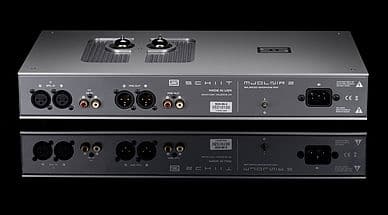
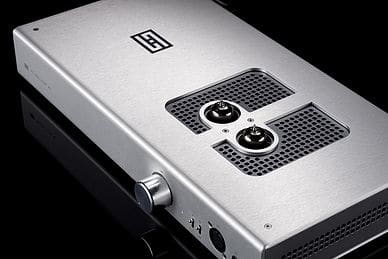
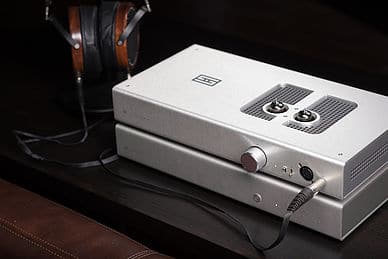
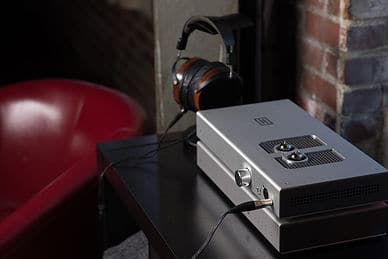
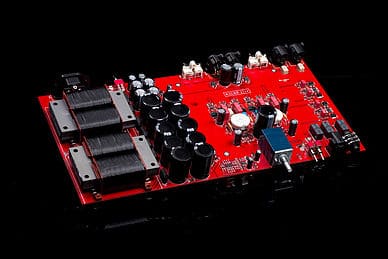
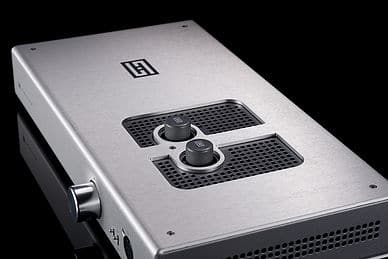

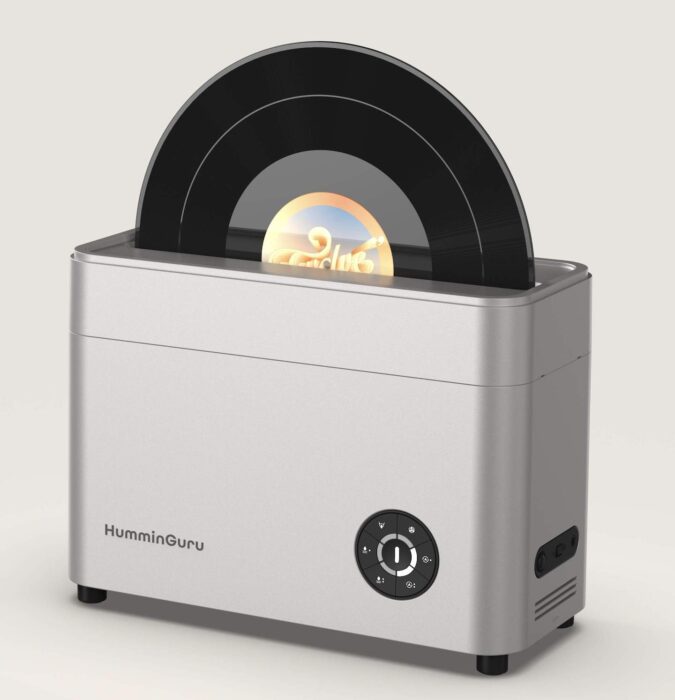
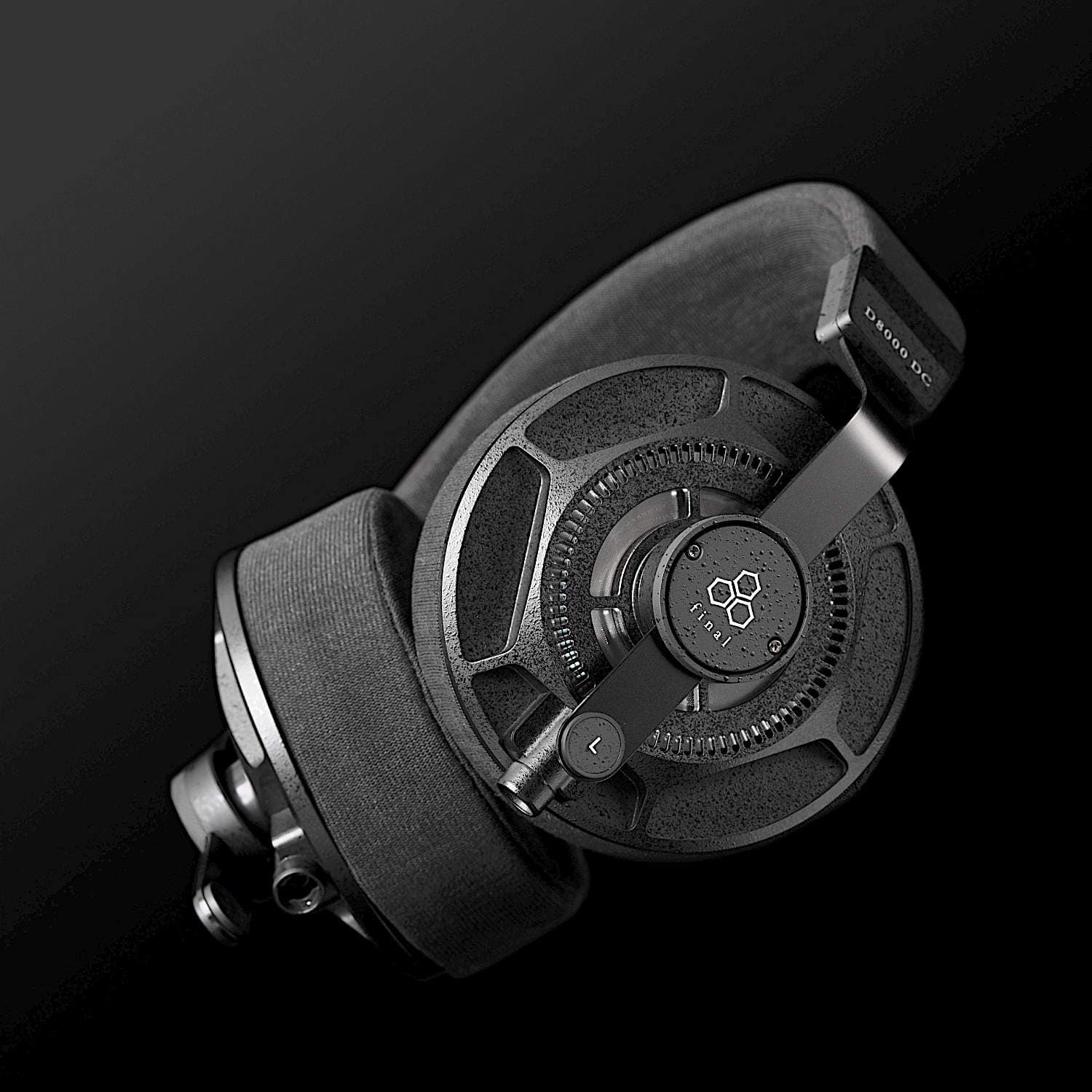
Hi Paul,
I was wondering if Schiit has fixed the poor chassis isolation you describe in your review of the Mjolnir 2, or do the production units also ring like a bell when knocked?
As far as I can tell, no changes have been made. Then again, that issue doesn’t stop it performing very well indeed 🙂
Hi Paul;
Loved the article. Keep up the great work. I purchased the Schiit Mjolnir 2, and at present very disappointed in Schiit; they scare the hell out of me, poorest most, awful Customer Service: not one swinging dick help, now learning there is no supply or providing of Schiit LISST tubes to convert to Solid State, then whats the point to this amp at all? Can you help me? Also what would be the best isolation feet to purchase fit & performance?? I do not trust Schiit that they have resolved the isolation issues. Many thanks, Ron. Ronemerk@aol.com
Thanks for your kind words. Are you based in the US, Ron? As for the feet, how much are you willing to spend?
I have a Teac HA-501 headphone amplifier and am looking to upgrade. Is the Mjolnir 2 a big upgrade or just slight? I really want something that is excellent and is a noticeable upgrade===
Big, Scott. Simple as that 🙂